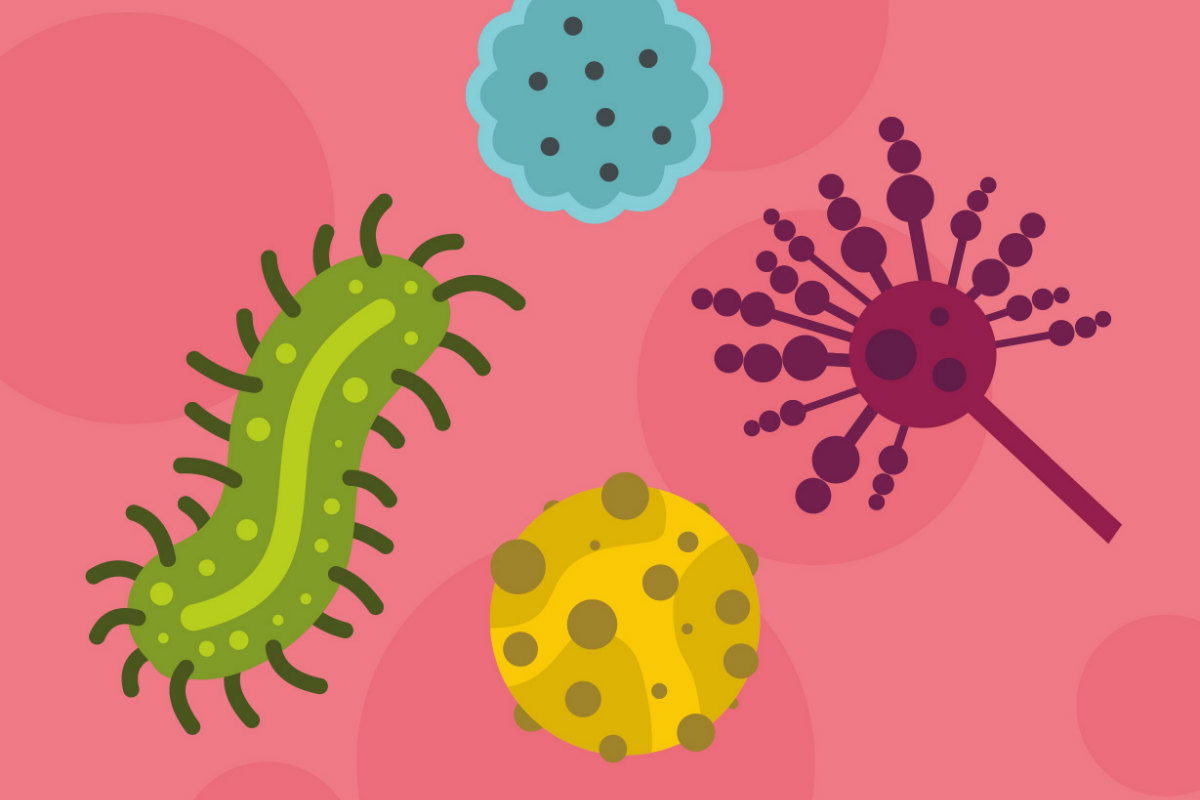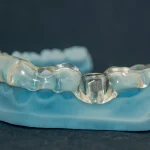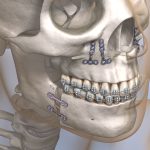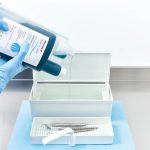20
Sep
Sources of infection in a surgery: pathogen micro-organisms that cause infections in dentistry

The oral cavity is a natural habitat for a large number of micro-organisms. This ecological pocket can be a reservoir for opportunistic micro-organisms and pathogens which could pose a risk of cross contamination and cause systemic infections.
This is of particular importance in everyday dental practice, because the risk of exposure to micro-organisms in the oral cavity increases due to the open and invasive nature of procedures. It is important to consider that the paths of contamination can be two-directional; an infected micro-organism can be transferred from the patient to the members of the dental surgery team, but also vice versa.
In addition, another infectious association is the transfer of pathogens from patient to patient, without the mediation of the dental surgery staff, but rather through a surface located in the dental surgery, or a device or tool used during procedures for dental treatment.
This condition occurs in the case of inadequate sterilisation of dental instruments or inappropriate disinfection of the dental unit. There is also the possibility that the pathogens present in the dental unit water lines may be disseminated by aerosol created by dental handpieces, posing a risk for both the patient and the members of the dental surgery team.
There are many ways in which viral and bacterial pathogens can be transmitted in a dental surgery. The patient’s saliva and blood are the main carriers of cross transmission. Blood-borne contamination can be caused by exposure to infected material through cutaneous lesions and broken mucous membranes. The higher risk of infection of this type of contamination is associated with accidental punctures caused by contaminated needles or wounds from sharp instruments.1
Monitoring the quality of the water used in the dental unit is crucial: patients and healthcare operators are regularly exposed to the water and aerosols generated in the dental unit, which could be a potential source of contamination with opportunistic organisms especially in the case of immuno-compromised patients.2
The water that circulates in the distribution networks is far from being a pure and stable product. In fact, the density of micro-organisms in this water increases with time and the distance between the water treatment station and the end consumer.3
So, stagnating water, the production of biofilm and lack of disinfection could help the micro-organisms proliferate in the water systems of dental units.4
Bacteria, fungi and protozoa can find favourable conditions to thrive in dental units. Literature documents have reported quantities of micro-organisms that range from 100 to 400,000 CFU/mL in dental units.5-6
A scientific study has evaluated literature to determine the risk of cross contamination and viral and bacterial infection of particular relevance in the dental surgery environment (HSV, VZV, HIV, hepatitis B, C and D, Mycobacterium spp., Pseudomonas spp., Legionella spp). Based on the number of reported cases, most of which were blood-borne viruses, the actual risk of developing an infectious disease through the dental surgery seems to be low.
However, the speed of the actual transmission of viruses and bacteria discussed in this study is probably higher. As long as there are no accurate data, the dental surgery team must be fully aware of the risk of dissemination of potentially dangerous micro-organisms and ensure that efficient procedures for the control of cross-infection are properly implemented.7
Every team member must follow the standard procedures required in order to prevent the transmission of micro-organisms. In addition to preventing diseases by vaccination, these include hand hygiene, use of PPE, disinfection of instruments and sterilisation protocols, strategies for surface decontamination, approaches to maintain the quality of the DUWL and emergency procedures in the event of incidents that could increase the risk of cross transmission. These procedures considerably reduce the risk of transmission of micro-organisms.
1A.M.G.A. Laheij*, J.O. Kistler, G.N. Belibasakis, H. Va ̈limaa, and J.J. de Soet, European Oral Microbiology Workshop (EOMW) 2011 -Healthcare-associated viral and bacterial infections in dentistry.
2M. Arvand and A. Hack, “Microbial contamination of dental unit waterlines in dental practices in Hesse, Germany: a cross-sectional study,” European Journal of Microbiology and Immunology, vol. 3, pp. 49–52, 2013.
3M.W. LeChevallier,T.M.Babcock, and R.G.Lee, “Examination and characterization of distribution system biofilms,” Applied and Environmental Microbiology, vol. 53, no. 12, pp. 2714–2724, 1987.
4P. Castiglia, G. Liguori, M. T. Montagna et al., SItI Working Group Hygiene in Dentistry. Italian multicenter study on infection hazards during dental practice: control of environmental microbial contamination in public dental surgeries, vol. 29, no. 8, article 187, 2008.
5P. J. Kim, R. A. Cederberg, and R. Puttaiah, “A pilot study of 2 methods for control of dental unit biofilms,” Quintessence International, vol. 31, no. 1, pp. 41-48, 2000.
Articolo a cura di Stefania Barbieri
Do you want more information on Zhermack Dental products and solutions?
Contact us




 Zhermack SpA has been one of the most important producers and international distributors of alginates, gypsums and silicone compounds for the dental sector for over 40 years. It has also developed solutions for the industrial and wellbeing sectors.
Zhermack SpA - Via Bovazecchino, 100 - 45021 Badia Polesine (RO), Italy.
Zhermack SpA has been one of the most important producers and international distributors of alginates, gypsums and silicone compounds for the dental sector for over 40 years. It has also developed solutions for the industrial and wellbeing sectors.
Zhermack SpA - Via Bovazecchino, 100 - 45021 Badia Polesine (RO), Italy.


